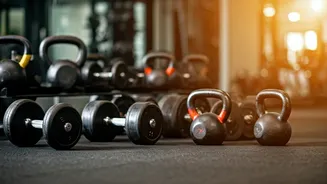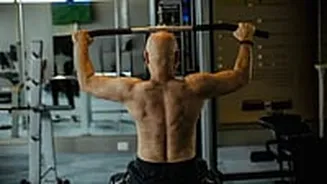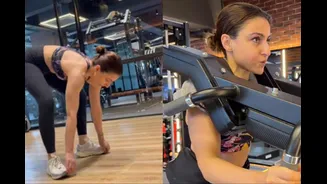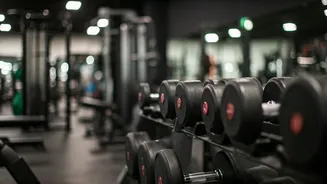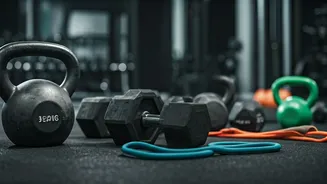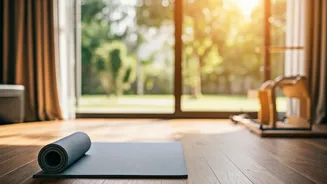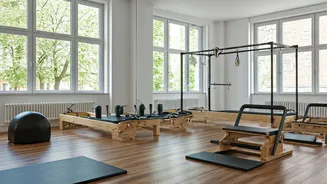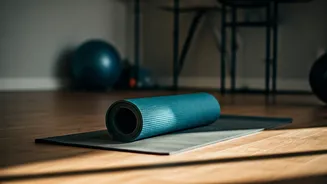Embrace Low-Impact Cardio
High-impact workouts might not be the best choice after 40. Low-impact cardio offers a gentler yet effective alternative. Consider brisk walking, cycling,
swimming, or using an elliptical machine. These activities get your heart rate up and burn calories without putting excessive pressure on your joints. Start with 20-30 minutes of low-impact cardio, three to five times per week. Gradually increase the duration or intensity as your fitness improves. Remember to listen to your body and take breaks when needed. This approach not only aids in calorie burning but also enhances cardiovascular health, which is crucial as we age. For instance, walking at a brisk pace can significantly elevate your heart rate, contributing to a substantial calorie deficit over time, and is gentle on the knees and hips.
Strength Training is Key
Strength training is indispensable for maintaining muscle mass and boosting metabolism, especially after the age of 40. Incorporate exercises that target all major muscle groups, such as squats, lunges, push-ups (modified on your knees if needed), and rows. Use weights that challenge you while maintaining proper form. Aim for 2-3 sets of 10-12 repetitions for each exercise. Strength training not only helps in burning calories during workouts but also increases your resting metabolic rate, meaning you burn more calories even when you're at rest. If you're new to strength training, begin with lighter weights and focus on mastering the correct form before increasing the load. This prevents injuries and ensures optimal results. Consider consulting with a fitness professional to design a program tailored to your fitness level and goals.
Core Stability Exercises
A strong core is the foundation for almost every movement and crucial for stability, posture, and preventing lower back pain, a common concern as we age. Engage your core muscles with exercises like planks, bird-dogs, and Russian twists. Planks, in particular, are exceptionally effective. Hold a plank for 30 seconds to start, gradually increasing the duration as you build strength. Bird-dogs involve extending opposite arm and leg while maintaining a stable core. Russian twists involve rotating your torso while holding a weight or medicine ball. Perform these exercises 2-3 times per week, focusing on controlled movements and maintaining proper form throughout. Strengthening your core not only enhances your overall fitness but also improves your balance and reduces the risk of falls.
Flexibility and Mobility Work
As we age, maintaining flexibility and mobility becomes increasingly important for preventing injuries and enhancing overall well-being. Incorporate stretching and mobility exercises into your routine. These could include yoga, Pilates, or simple stretches like hamstring stretches, quad stretches, and shoulder stretches. Hold each stretch for 20-30 seconds, focusing on feeling the stretch without pain. Perform these stretches daily or at least several times per week. Consider foam rolling to release muscle tension and improve flexibility. Flexibility exercises enhance range of motion and reduce muscle soreness, helping you feel more comfortable and active in your daily life. They also contribute to better posture and prevent stiffness.
